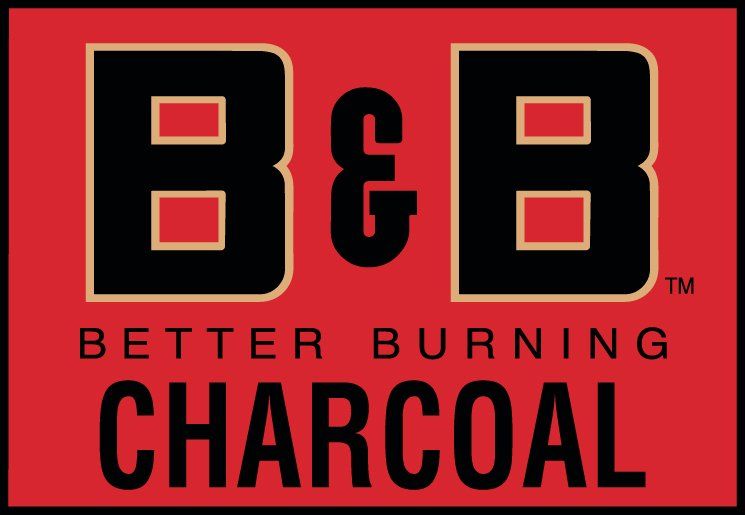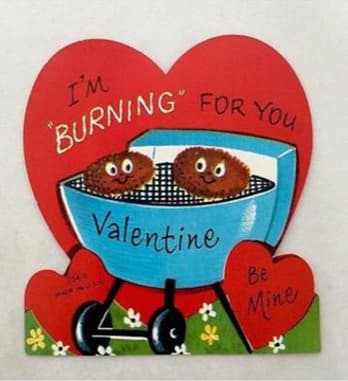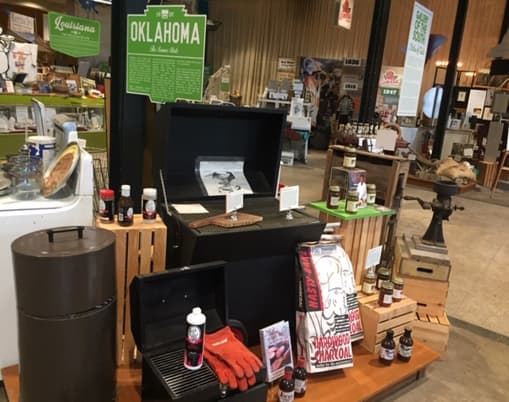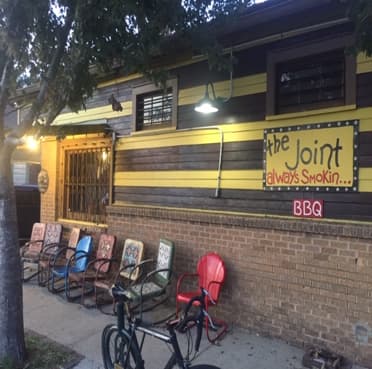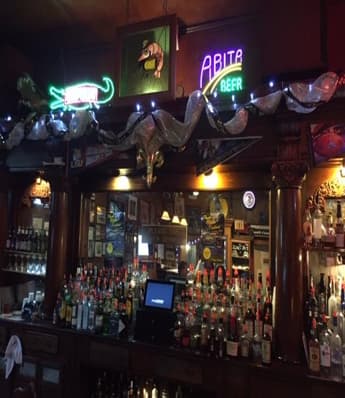BBq and february
Contributor: Ed Reilly, BBQologist
Posted: February 11, 2020
February is a very special month in many ways.
There’s a long list of spectacular events that occur in February and they all get together for the shortest month of the year. February is named after the Roman god Februus and februa was known as a series of festivals the Romans celebrated during this time. Currently we have our own festivals that we celebrate during this time such as Groundhogs Day, Valentine’s Day, President’s Day, Marti Gras and Leap Year. On Groundhogs Day we look forward to arrival of spring, Valentine’s Day is the day of love, President’s Day we honor the past leaders of this country, and Marti Gras or Fat Tuesday carnival goers attempt to empty their pantries of Lenten restricted items like meat, sweets and alcohol before Ash Wednesday. One interesting way to connect all these events is to think about the favorite way all politicians including every US Presidents love to celebrate is to eat or participate in barbecue events especially during the spring!
What is really amazing that there is direct connection to all US Presidents to barbecue, which is our original national cuisine.
George Washington loved to attend barbecues and hosted many epic barbecues himself. There is a famous barbecue event during a formal ceremony where Washington laid the corner stone to the National Capital. Abraham Lincoln frequented barbecues during his presidential run and it is also reported that Lincoln was conceived by his parents after a barbecue event that they attended.
New Orleans is the legendary city where many decorative crews parade through the crowded streets of the French Quarter during Marti Gras. Recently B&B Charcoal visited the Crescent city for the Smoking with Smithfield National BBQ Championships and had some time to explore the BBQ scene in the Big Easy. New Orleans is known for its music, food and good times, so what better place for a little BBQ research. The first stop was the famous Pascal’s Manale restaurant founded in 1913 to try their classic barbecue shrimp. They use Worcestershire sauce, tabasco, garlic and spices which creates a slight barbecue tangy taste to the shrimp. In typical New Orleans fashion, Pascal’s pushes the definition of barbecue to its limits because the shrimp is neither prepared over hot coals or a grill. It remains one of the most recognizable dishes to come out of New Orleans. The next stop was the Central City Barbecue, located across from the Superdome, home of the New Orleans Saints. This super-sized barbecue joint is well worth the visit but be sure to arrive early if it’s a game day. Next on the list was Voo Doo BBQ, located just outside the French Quarter but the inside is modeled after the historic landmark. Where else can you bring your gris-gris and get some smoked gator at the same place. Blue Oak Barbecue sits beside a renovated neighborhood area and their barbecue is upscale in taste and serving size. A little further down the road is The Joint BBQ located by the Mississippi River which has a rustic authentic vibe that you expect to find this close to the river. Of course, no stop in this historic city would be complete with a visit to one of its famous museums. The Southern Food and Beverage Museum (SoFAB) holds the country’s largest cocktail collection and contains a great exhibit of barbecue throughout the south.
-
Southern Food & Beverage Museum
Photo By: John DoeButton -
The Joint BBQ "always smokin..."
Photo By: John DoeButton -
Central City BBQ featuring Pitmaster James Cruise
Photo By: John DoeButton -
Pascal Manale's Restaurant est. 1913
Photo by: John DoeLearn More
New Orleans deep southern location and its long cultural history have provided the city with huge variety of culinary options however it is very limited on its barbecue establishments.
What was not expected was the complete and succinct fleur-de-lis of barbecue to exemplify the city of New Orleans. Historic Pascal’s gives you a glimpse of the city that care forgot, Central City BBQ catches the sports crazed fans from the super dome, Voo Doo BBQ will feed the tourist in you, Blue Oak BBQ tips their hat to the sophisticated southerner, and the Joint BBQ catches the gritty riverfront feel. Then you can recap the history of barbecue at the Southern Food and Beverage Museum for a full serving of barbecue in the Big Easy.
FIND A STORE NEAR YOU
FIND A STORE NEAR YOU
SIGN UP FOR OUR NEWSLETTER
Thanks for signing up!
Oops, there was an error submitting your email. Please try again later.
All Rights Reserved | Duraflame, Inc.
